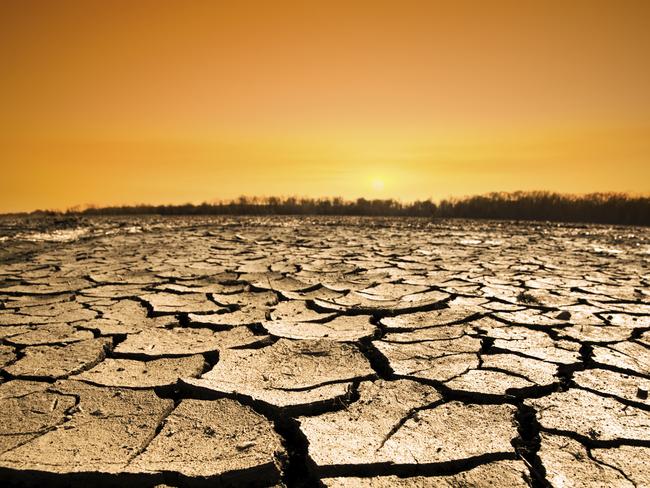Opinion: Three ways Australia can lift annual targets to meet net zero
Australian governments should take practical actions now to create momentum towards the net zero goal. They need to do three things.
Environment
Don't miss out on the headlines from Environment. Followed categories will be added to My News.
Opinion: The current global climate change commitment is now focused on national targets of net zero emissions by 2050.
Net zero means reducing emissions as much as possible and balancing whatever is left by taking them out of the atmosphere. Likely possibilities are planting trees, storing carbon in the soil, or absorbing carbon dioxide from the air and burying it deep underground.
Since 2005, Australia’s emissions fell on average by 6.5 million tonnes per year. If we meet our 2030 target, net-zero by 2050 would mean average annual net reductions of 23 million tonnes year-on- year between 2030 and 2050. This is a big ask.
There are four main sources of Australia’s emissions.
Generating electricity is responsible for a third. This proportion has been falling consistently with a shift to solar and wind. A successful long-term shift means balancing more solar and wind with more transmission and storage. And we must solve the challenge of long, cold periods when solar and wind are in short supply.
Another 31 per cent come from industrial activities: extracting coal and gas, mining, and minerals processing and manufacturing across many thousands of businesses.
The first step is to switch from gas to renewable electricity while developing renewables-based hydrogen for chemical feedstock and processes that require very high temperatures, such as metals and glass making. Uncomfortably, the future of emissions from extracting coal and gas lies in the hands of our customers.

Transport contributes 19 per cent. Switching to battery electric vehicles will dramatically reduce emissions for light vehicles, while hydrogen and fuel cells will probably provide the solution for heavy road freight. Aviation and marine transport emissions, a relatively small part of the picture, will be harder.
Agriculture contributes 15 per cent of our emissions, with cows and sheep being the biggest source.
Changes in farm practices such as fertiliser and power usage could steadily reduce emissions.
Solutions to burping livestock look harder.
Addressing climate change will bring costs. But an honest debate must also acknowledge the costs of not reducing emissions. And the consequences of global inaction – the costs of living with several degrees of warming – will be very bad for Australia.
Yet, there are opportunities, including clean-energy industries such as green metals manufacturing.
Our fossil fuel resources will be less valuable as the world moves to reduce its emissions, but our renewable energy resources will be more valuable. And those renewable energy resources could be even more important for the future of Australia’s carbon workers.
Australian governments should take practical actions now to create momentum towards the net zero goal. They need to do three things.
The first is to encourage the adoption of technologies that we know can reduce emissions at an affordable cost.
The second is to drive down the cost of known zero-emission technologies that are currently too expensive. This is where the Government’s focus on technology development such as green hydrogen is correct.
The third action is to support research into areas where no clear solutions yet exist, such as cement production and livestock.
Finally, net zero will mean absorbing and storing carbon dioxide to offset what’s left.
The times are changing. The likely consequence from further delay will be unprecedented political and economic upheaval in the face of deteriorating liveability. It should not be contemplated.
Tony Wood is the climate and energy director at the Grattan Institute
Read related topics:Mission Zero



